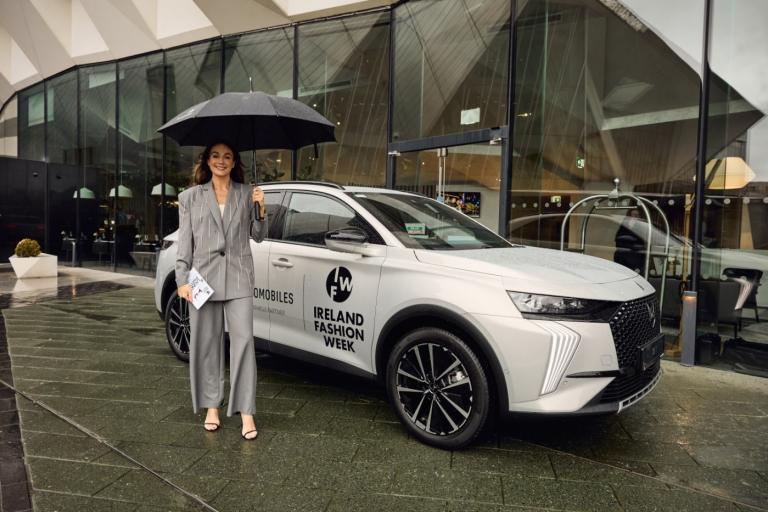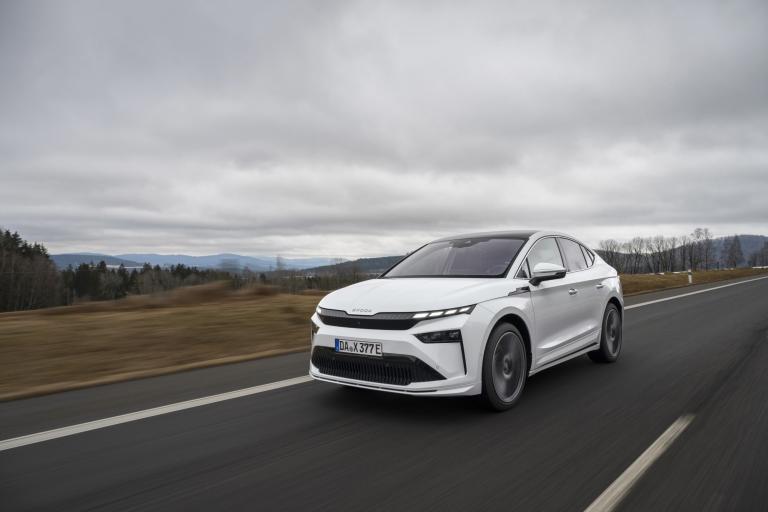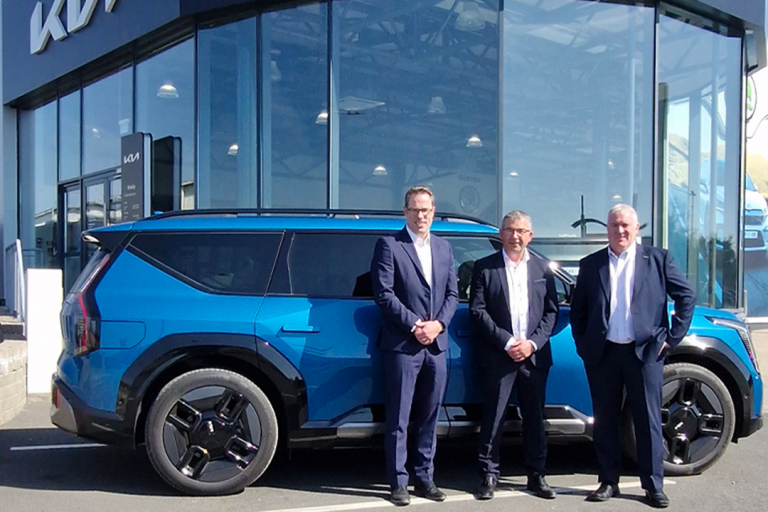BMW 530e 2017 Review
Published on 3 May, 2017
BMW 530e: How the wireless system takes plug-in work out of charging your battery
Overview
So here's a scenario. Make up your own mind if you can see it being you in the next few years.
You drive home from work in your plug-in hybrid car (you used to own a diesel). You carefully park the vehicle so the front is over that 80cm oblong flat 'plate' in your driveway or garage, turn off the power and go enjoy your evening.
As soon as you turn off the car the plate starts charging your car's battery via a little conductor under the engine bay. No need to plug in or get cables out the boot. Just leave it to its own devices. (Simplistically put, wireless or inductive charging uses an electromagnetic field to transfer energy).
Next morning you can drive to work (30km) on a pure electric charge. And you can re-charge at work because there are plates there too. There shouldn't be any need to touch the petrol in the tank (that's for the weekend when you visit family down the country). You've got used to the lower fuel bills. And you are reassured you don't have to worry about the battery emptying because there is that 46-litre tank of petrol the hybrid management system can dip into if needs be.
You don't even think about charging the battery bank. The car charges itself. It is handed to you on a plate, overnight and through the day while you're working.
So could you see yourself seamlessly slipping into the new era of charging cars with electric elements (be it plug-in or full electric)? Sure there will be a need for cables at some public charging points but with plates in many car parks you should rarely have to bother.
Right now all this might seem fanciful. It's not. I think when you see BMW and Mercedes working together to get one of these wireless chargers on the market by early next year you can be certain it marks a significant step towards easy electrification for us all as opposed to a conscious act of plugging in for a minority.
I parked the new BMW 530e plug-in over one of those plates in Bavaria last week. A display on the dash directs you and when you are in position a green circle fills up to show it is ready to take some charge. As soon as you knock off the engine/battery power, the car starts charging.
It takes about 3.5/4hours; a BMW i Wall Box (3.7 kW charging capacity) takes three or so (five hours from a standard domestic outlet).
However, it will cost more than a current wall box (€1,000 -€1,500?) Maybe the government should offer an incentive?
The 530e will be here for the July reg period. It will cost from €55,900, €58,750 for the M Sport (prices for the 520d SE diesel start from €52,800). Both plug-in versions have an 8spd automatic transmission. The prices include a €5,000 SEAI grant and €2,500 VRT rebate. The 530e iPerformance plug-in has a 2-litre 4cyl petrol (182bhp) engine and a lithium-ion battery pack under the rear seats; between them they managed a system output of 252hp. The 46-litre fuel tank sits over the rear axle.
An 111bhp electric motor works where you'd expect to find a torque converter for the 8spd automatic gearbox. The battery pack eats into boot space (down from 530 litres in the diesel to 410).
Basically the 'intelligent' management system picks when the battery powers you, when it and the petrol unify and so on. You can also give the battery a boost on the go, save a certain amount for town-driving later etc.
The critical point in the 530e is how much it will do on pure electric charge; they claim 50km ideally.
In my real-world test on level roads we started with 33km in the battery. We programmed electric power only. I drove normally. I ended up with 30.5km on battery power alone. Considering there were three adults and fair lumps of luggage, that was reasonable. And it was cold (3.5degs); heating takes twice as much as energy as cooling.
The engine/hybrid system took over then. Overall we covered 113.7km and our fuel consumption came to 5.7litres/100km (a long way from the ridiculous 1.9l/100km - 141.2mpg they claim). The 5.7-litre/100km is around the real-world MPG of the 520d. But your road tax is lower (€120 v €190) due to just 44g/km emissions. Combined battery and petrol power gets you a 650km range.
No doubt, if you commute a moderate distance, your Mon-Fri fuel bill will be cut. However, the 530e costs €3,000 more than the 520d so it would take a while in electric savings to make up the difference.
But there are other considerations. The quietness and smoothness of the car was remarkable. Much more so than the 520d. It was a most enjoyable drive.
But why would you spend more now? Well, if you want to hedge your bets and reckon diesel is going to cost more, there is a case for a plug-in.
However, the clincher for me would be that charging plate. All of a sudden this charging takes the work out of having an electric or a plug-in. So many people just buy plug-ins for the lower road tax and sometime-lower price compared with diesel. They don't bother charging. With wireless charging, the toil and trouble have been removed. Now it is only a matter of parking. It feels like an important step in the acceleration towards electrification.
This BMW 530e follows the 225xe, 330e , X5 xDrive40eand BMW 740e/740Le so they are seriously stepping up the pace.
l Meanwhile they have spruced up the 2dr, four-seater 4-series Coupe and Cabriolet. What a great looking car it is (400,000 bought since 2013) - the Gran Coupe is hugely popular.
There are restyled and new LED headlights, tweaked suspension, steering etc as well as giving the dials and dash a moderately serious upgrade with new navigation and instrumentation displays.
Which was enough of an excuse for me to give it a lash in Bavaria - we had the 440i Couple and 430i Convertible hard-top. You'll be glad to hear the weather was so bad we couldn't drop the roof in the convertible.
The 440i 3-litre 6cyl petrol was sweet and swift with a lovely engine burble, but the 4cyl 430i was by no means overshadowed and will give you a sprightly run for your money.
Rear LED lights come as standard now while looks are sharpened with modified air intakes and new rear apron. LED front fogs are standard.
There are three petrols (420i, 430i, 440i - from 184hp to 326hp) and three diesels (420d, 430d, 435d xDrive - from 190hp to 313hp). Diesels account for 96pc of purchases.
Latest Reviews

DS Automobiles Named Official Vehicle Partner for Ireland Fashion Week

Škoda Enyaq Updated for 2025 with More Range, Style, and Tech

Bradys Cavan Appointed as Newest Kia Dealership in Ireland